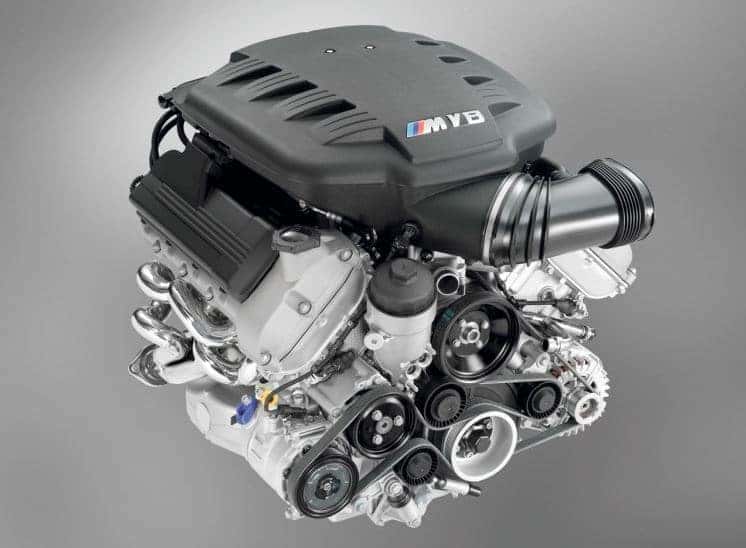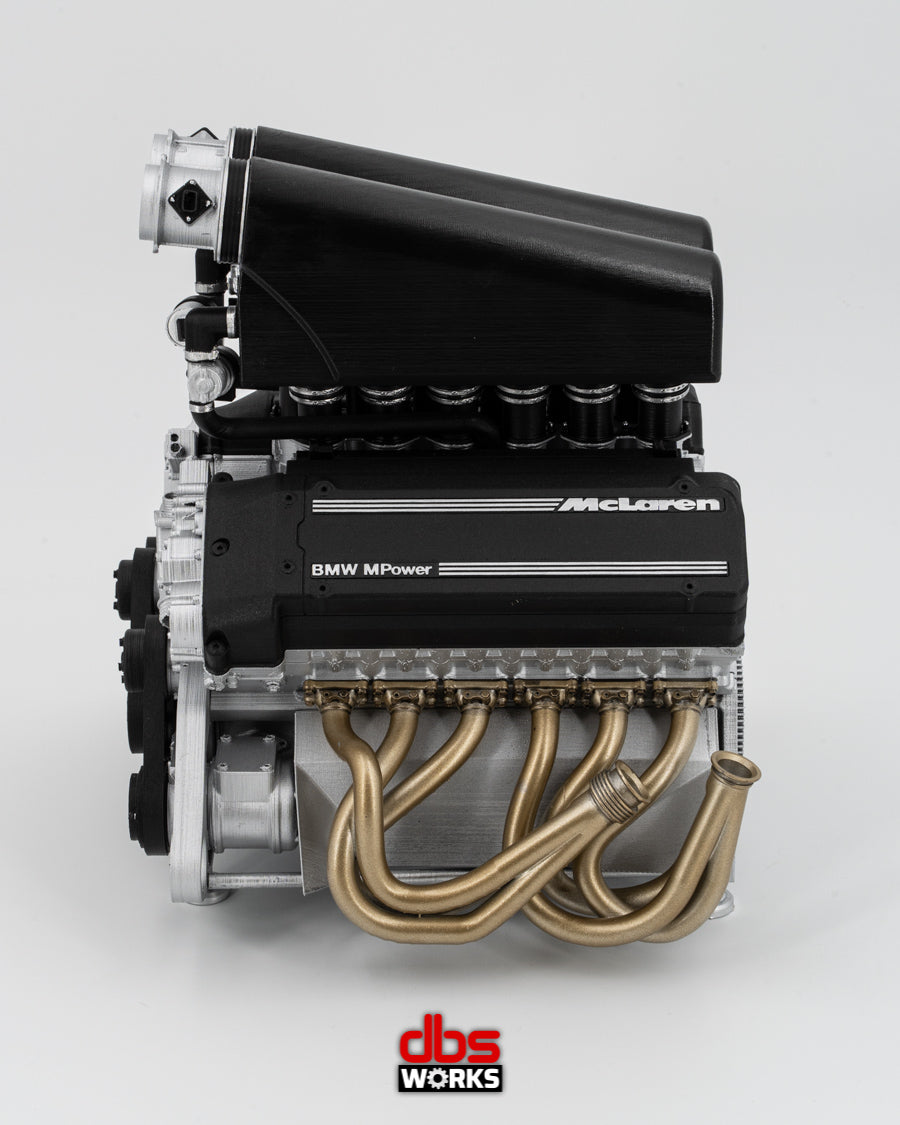Checking Out the Development of Combustion Engines in Modern Transport Systems
As we navigate the landscape of modern-day transportation, the evolution of combustion engines stands as a testimony to human ingenuity and design prowess. From their modest starts to the innovative giants thrusting lorries today, burning engines have actually gone through an impressive trip of development and adaptation. Recognizing the intricacies of this development not only clarifies the past yet likewise leads the way for envisioning what exists in advance in the realm of transport innovation. The interaction of history, innovation, and ecological concerns fit the trajectory of burning engines develops a narrative that is both informative and compelling.
Very Early Beginnings of Combustion Engines
Just how did the concept of burning engines first arise in the very early stages of transport development? The origins of burning engines can be traced back to the 17th century when the concepts of inner combustion were very first discovered.
The innovation moment came with the invention of the initial successful gasoline-powered engine by Karl Benz in 1885 - bmw engine. This engine led the way for the growth of the modern-day car, changing transport systems worldwide. Succeeding innovations by Nikolaus Otto and Gottlieb Daimler additionally refined burning engine modern technology, resulting in the mass production of cars and the rapid growth of the transport industry
These very early combustion engines were characterized by their simplicity and efficiency, laying the structure for the complicated and effective engines made use of in modern transport systems. The development of combustion engines has contributed in shaping the method we take a trip and move products, marking a significant turning point in the background of transportation advancement.
Shift to Internal Combustion Innovation
The transition to internal combustion innovation noted an essential change in the advancement of transportation systems. This change began in the late 19th century, with developers like Nikolaus Otto and Gottlieb Daimler developing the first effective internal burning engines. These engines reinvented transportation by using a more effective and effective choice to steam engines and electrical motors.
One of the vital benefits of interior combustion engines was their ability to be reduced to suit vehicles, resulting in the advancement of motorbikes and automobiles. This shift from large, fixed engines to portable, mobile ones led the means for the contemporary transport systems we see today.
The transition to inner combustion technology likewise stimulated improvements in gas modern technology, bring about the advancement of gas and diesel as main fuel sources for vehicles. This change not only made transportation a lot more easily accessible to the masses however likewise laid the structure for the oil and gas market to end up being important to worldwide economic situations.
Impact of Combustion Engines on Transportation
The fostering of burning engines in transportation systems militarized a profound shift in the performance and speed of international movement. Combustion engines reinvented transport by giving a functional and reputable resource of power for numerous automobiles, consisting of vehicles, ships, airplanes, and trucks. This advancement dramatically boosted the ability for goods and individuals to move over fars away in shorter amount of time, causing raised connection in between regions and countries.
Moreover, the extensive usage of combustion engines has actually had a significant effect on economic growth. The ability to move items effectively has stimulated profession and commerce, allowing services to increase their markets and get to customers worldwide. This has actually assisted in economic development and globalization, as items can currently be delivered faster and in larger amounts than ever in the past.
Nevertheless, the environmental effect of combustion engines can not be overlooked. The burning of fossil gas has actually led to air pollution and greenhouse gas emissions, adding to climate modification and presenting wellness dangers to populaces. bmw engine. As a result, there is a growing focus on developing alternate propulsion modern technologies to reduce these unfavorable impacts and produce an extra sustainable future for transportation
Technologies in Combustion Engine Layout
Various developments in combustion engine design have moved the evolution of transportation systems over the decades. One notable advancement is the advancement of turbocharged engines, which utilize exhaust gases to drive a turbine that presses incoming air, permitting for more fuel to be scorched, leading to enhanced power output without a significant boost in content engine size. Additionally, direct injection innovation has boosted fuel performance and performance by precisely controlling the quantity and timing of fuel infused right into the burning chamber. Variable shutoff timing systems have actually likewise changed engine layout by maximizing air flow at various engine rates, enhancing both power and efficiency. An additional substantial development is the combination of light-weight products such as carbon fiber and aluminum alloys, reducing overall engine weight and boosting vehicle gas economy. Moreover, advancements in computer-aided design have actually allowed designers to enhance engine performance and effectiveness with simulations prior to physical models are developed, saving time and sources in the growth process. These technologies jointly contribute to the constant improvement of combustion engines in modern transport systems.
Future Fads in Combustion Engine Advancement
With innovation improvements driving constant advancement, the future of burning engine growth is positioned to change transportation systems around the world. Among the crucial fads in burning engine growth is the push in the direction of better performance and decreased emissions. Suppliers are investing heavily in research and growth to enhance engine efficiency while satisfying rigid environmental laws. This consists of the combination of sophisticated gas injection systems, boosted turbocharging techniques, and using light-weight materials to enhance gas usage and reduce carbon exhausts.
An additional noticeable pattern is the adoption of hybrid modern technologies in burning engines. Crossbreed engines incorporate standard burning modern technology with electrical power, providing boosted fuel effectiveness and reduced exhausts. As the automotive sector changes in the direction of electrification, crossbreed burning engines are seen as a transitional solution that connects the space in between conventional vehicles and completely electric ones.
Moreover, the integration of smart modern technologies, such as synthetic intelligence and information analytics, is expected to play a substantial role in the future of combustion engine advancement. These innovations can maximize engine efficiency in real-time, resulting in more efficient combustion processes and boosted total lorry efficiency. Welcoming these future fads will certainly not just drive development in combustion engine development however also add to a much more sustainable and environmentally pleasant transportation ecosystem.

Conclusion
In conclusion, the advancement of combustion engines in contemporary transport systems has been find more marked by significant innovations in technology and design. From the very early starts of burning engines to the transition to interior burning modern technology, these engines have actually had an extensive effect on transportation.
The roots of burning engines can be mapped back to the 17th century when the principles of interior burning were first discovered. These engines reinvented transportation by offering an extra effective and reliable option to steam engines article source and electric motors.
